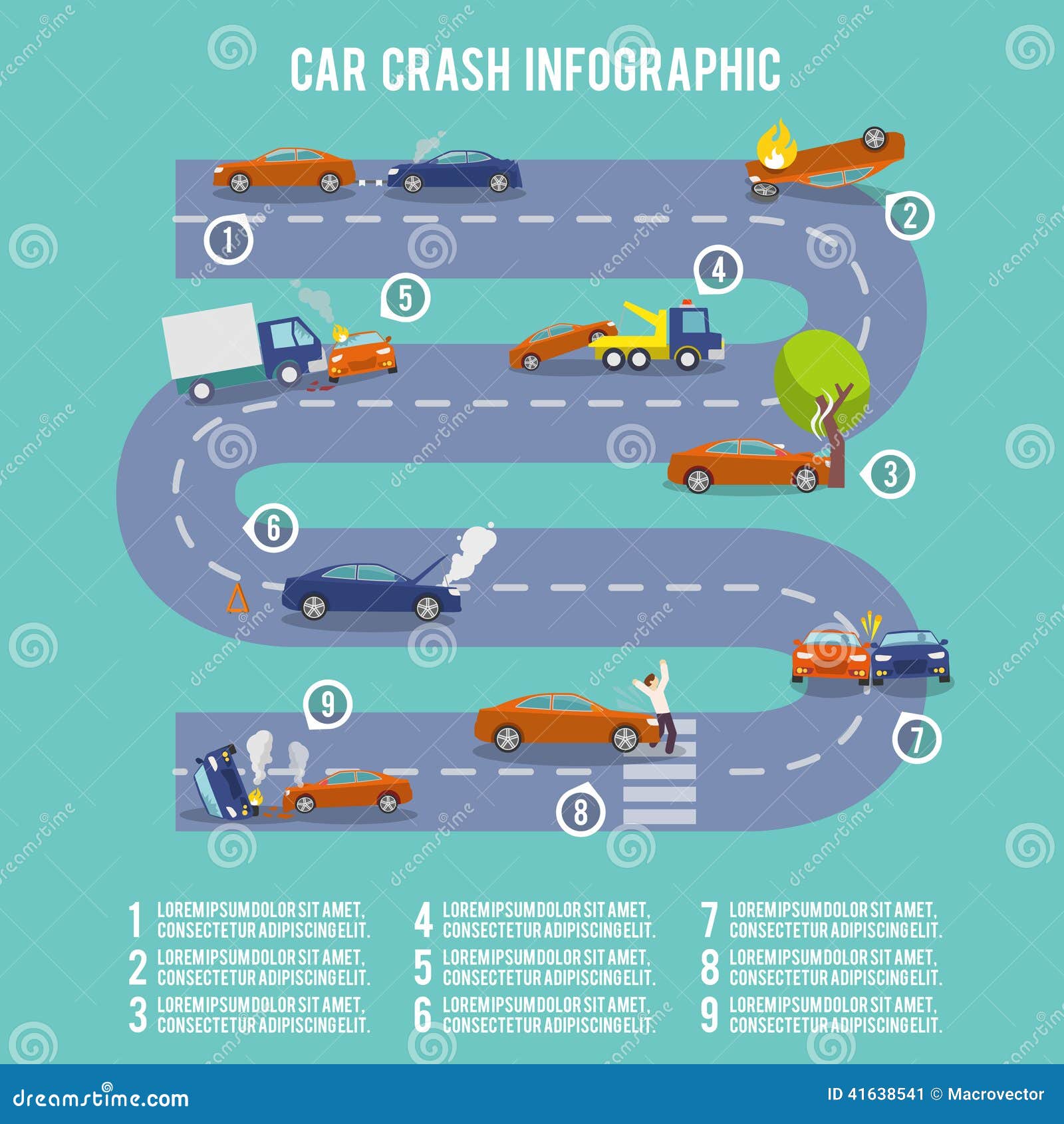When you're behind the wheel, those beautiful caution lights on your control panel can be a little bit complicated. Do you know what they're trying to tell you regarding your vehicle's health? Recognizing the significance of these lights is essential for your safety and the long life of your vehicle. So, the following time one of those lights appears, wouldn't you want to understand its message properly and take the needed actions to resolve it?
Common Warning Lights and Interpretations
Determine common warning lights in your car and comprehend their significances to ensure safe driving.
One of the most regular caution lights consist of the check engine light, which signifies problems with the engine or exhausts system. If this light comes on, it's essential to have your vehicle examined without delay.
The oil stress alerting light indicates reduced oil stress, requiring instant attention to stop engine damage.
A flashing battery light might recommend a faulty billing system, potentially leaving you stranded otherwise attended to.
The tire stress tracking system (TPMS) light signals you to reduced tire pressure, influencing automobile stability and fuel effectiveness. Neglecting read on can lead to unsafe driving conditions.
The abdominal muscle light suggests a trouble with the anti-lock braking system, jeopardizing your capability to quit rapidly in emergency situations.
Lastly, the coolant temperature advising light warns of engine getting too hot, which can result in extreme damage if not fixed swiftly.
Comprehending these typical caution lights will certainly help you address concerns promptly and maintain secure driving conditions.
Value of Prompt Attention
Recognizing the common warning lights in your automobile is just the very first step; the importance of promptly dealing with these cautions can not be stressed enough to ensure your safety on the road.
When a warning light illuminates on your control panel, it's your automobile's method of communicating a possible issue that needs attention. Neglecting these warnings can cause much more extreme problems down the road, compromising your safety and possibly costing you a lot more in repairs.
Trigger interest to cautioning lights can protect against failures and mishaps. For instance, a flashing check engine light could indicate a misfire that, if left ignored, might create damages to the catalytic converter. Resolving this immediately can conserve you from a pricey repair.
Likewise, a brake system advising light could signal reduced brake liquid or used brake pads, essential parts for your security when driving.
DIY Troubleshooting Tips
If you observe a caution light on your dashboard, there are a couple of DIY troubleshooting pointers you can try prior to looking for professional help.
The initial step is to consult your vehicle's guidebook to comprehend what the specific caution light suggests. Often the problem can be as simple as a loosened gas cap activating the check engine light. Tightening up the gas cap might solve the problem.
One more common concern is a low battery, which can cause different alerting lights. Examining the battery links for corrosion and guaranteeing they're protected may repair the issue.
If a caution light lingers, you can try resetting it by detaching the auto's battery for a couple of minutes and afterwards reconnecting it. Furthermore, examining your automobile's fluid degrees, such as oil, coolant, and brake fluid, can assist fix alerting lights connected to these systems.
Final thought
To conclude, recognizing your automobile's caution lights is vital for maintaining your automobile running efficiently and safely. By immediately attending to visit the up coming website and recognizing what they imply, you can prevent pricey repair work and prospective malfunctions.
Keep in mind to consult your auto's guidebook for certain details on each advising light and do something about it appropriately to ensure a trouble-free driving experience.
Keep informed, remain secure when traveling!
